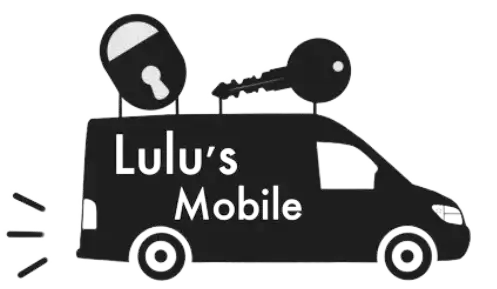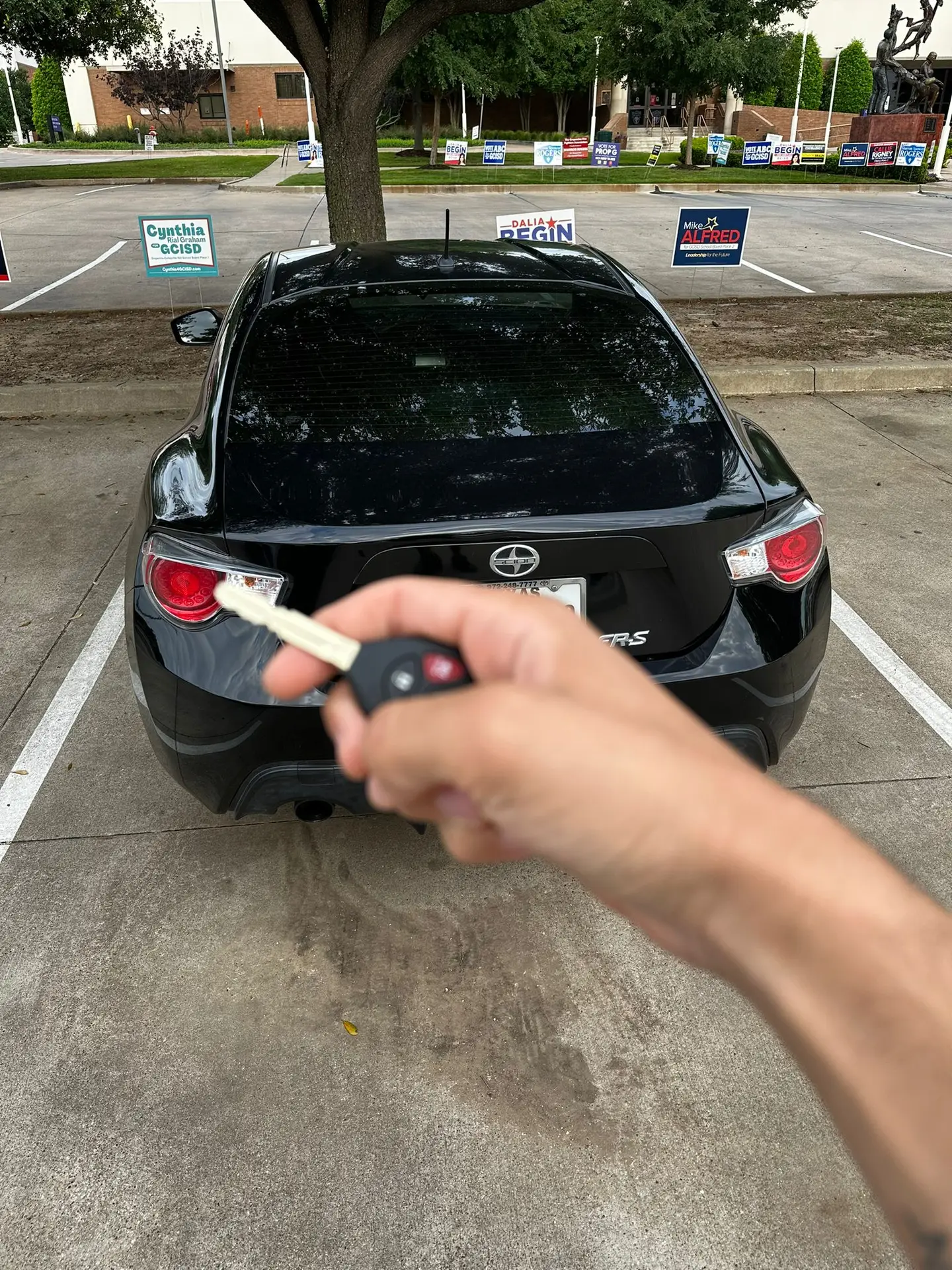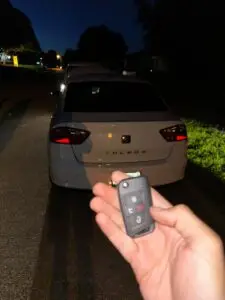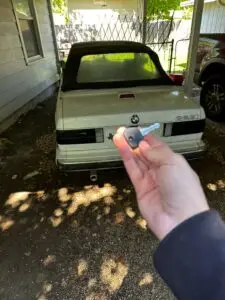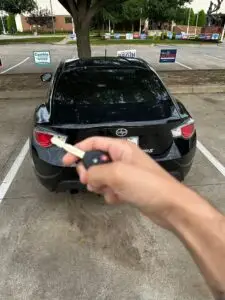In today’s world, car key fobs are more than just a convenience—they are an essential part of modern vehicle security and functionality. So, when your car key button suddenly stops working, it can be frustrating and leave you stranded. Understanding the reasons behind this issue can help you troubleshoot and resolve the problem quickly. In this article, we’ll explore four common reasons why your car key button might not be working and what you can do about it.
1. Dead or Weak Battery
The most common reason your car key button isn’t working is a dead or weak battery in the key fob. Car key fobs are powered by small lithium batteries that eventually wear out over time. If you notice that your key fob is less responsive or works intermittently, the battery might be nearing the end of its life.
1.1. How to Replace the Battery
Replacing the battery is usually a simple process. Most car key fobs can be opened with a small screwdriver or even a coin. Once open, you can see the battery type, which is often a CR2032 or similar. Purchase a replacement battery, insert it correctly, and your key fob should work like new. If the issue persists, you might be dealing with a more complex problem.
1.2. Signs of a Weak Battery
A weak battery might cause the key fob to work only at short ranges or require multiple presses to function. If you’ve experienced any of these symptoms, it’s time to change the battery before it completely dies.
2. Damaged or Worn-Out Buttons
Physical wear and tear is another reason your car key button might stop working. Over time, the buttons on your key fob can become worn out, lose their sensitivity, or even become stuck. Dirt, dust, and moisture can also accumulate under the buttons, causing them to malfunction.
2.1. Inspecting and Cleaning the Key Fob
Carefully inspect your key fob to see if any of the buttons are visibly damaged or stuck. If the buttons are simply dirty, you can clean the fob using a soft cloth and some rubbing alcohol. Be sure to clean around the edges of the buttons where dirt is most likely to accumulate. If the buttons are severely worn out, you might need to replace the key fob entirely.
2.2. When to Replace the Key Fob
If cleaning doesn’t resolve the issue or if the buttons are physically damaged, replacing the key fob might be necessary. Contact your car manufacturer or dealership to order a replacement. Keep in mind that new key fobs often need to be programmed to your vehicle.
3. Programming Issues
Sometimes, the issue isn’t with the key fob itself but with the programming that links it to your car. Key fobs are programmed to work with specific vehicles, and if the programming is disrupted, the buttons may stop working. This can happen after a battery replacement, if the fob is exposed to strong electromagnetic fields, or due to a glitch in the car’s security system.
3.1. Reprogramming Your Key Fob
In many cases, you can reprogram the key fob yourself by following the instructions in your vehicle’s owner’s manual. The process typically involves a sequence of turning the ignition on and off and pressing specific buttons on the fob. If self-programming doesn’t work, you may need to visit a dealership or a professional locksmith to have the fob reprogrammed.
3.2. Common Symptoms of Programming Issues
If your key fob suddenly stops working after replacing the battery, or if it only works with certain functions (like locking but not unlocking), programming issues might be the cause. Reprogramming can often resolve these problems.
4. Signal Interference or Receiver Problems
Car key fobs operate by sending a radio signal to the vehicle’s receiver, which then performs the requested action (such as unlocking the doors). If there is interference with the signal or if the vehicle’s receiver is malfunctioning, your key fob might not work correctly.
4.1. Possible Sources of Interference
Signal interference can be caused by various sources, including other electronic devices, power lines, or even nearby buildings. If your key fob only works intermittently or only at very close range, signal interference might be the issue. Try using the key fob in a different location to see if the problem persists.
4.2. Diagnosing Receiver Problems
If you suspect the problem lies with the vehicle’s receiver, you’ll likely need to visit a dealership or a qualified technician. The vehicle’s receiver is an integral part of the car’s security system and may require professional diagnostics and repairs.
Conclusion: Troubleshoot and Resolve Key Fob Issues Quickly
A malfunctioning car key button can be inconvenient, but in most cases, the problem is relatively simple to diagnose and fix. By understanding these four common reasons—dead batteries, worn-out buttons, programming issues, and signal interference—you can take the appropriate steps to restore your key fob’s functionality. Regular maintenance, such as changing the battery and cleaning the fob, can also help prevent issues from occurring in the first place.
